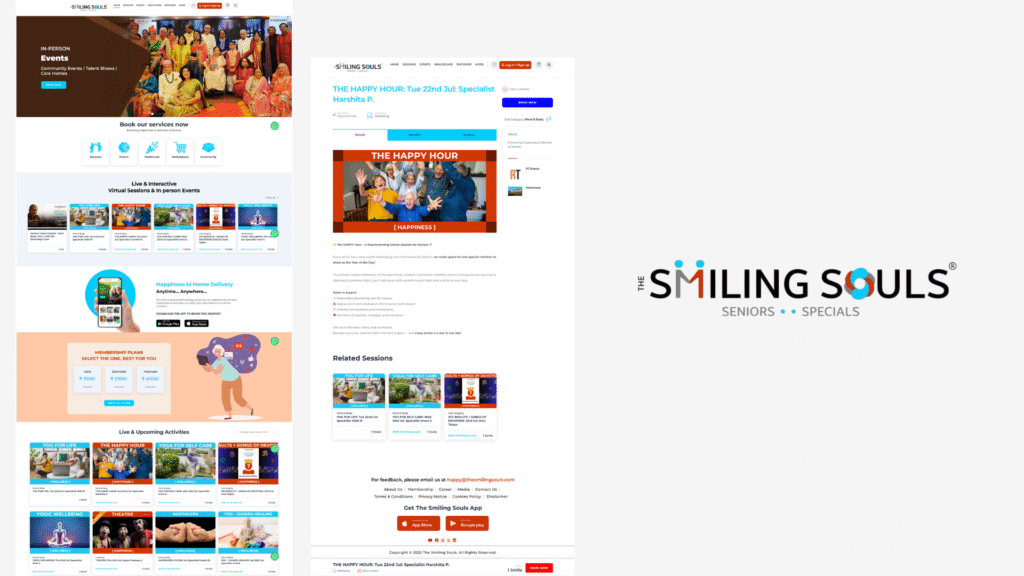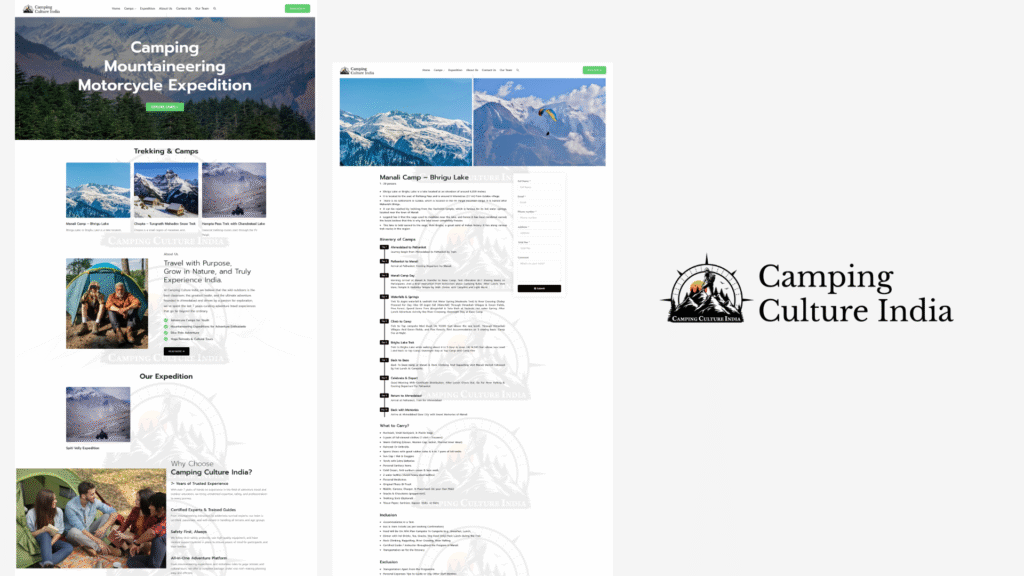Shopify SEO Tips 2025: Boost Your Google Rankings
In today’s competitive eCommerce landscape, having a stunning Shopify store is just the beginning. To truly succeed, your store needs to rank high on Google and other search engines, driving organic traffic that converts into sales. As we step into 2025, SEO best practices continue to evolve, and staying ahead requires updated strategies tailored specifically for Shopify platforms. In this comprehensive guide, we’ll explore the most effective Shopify SEO tips for 2025 to help you boost your Google rankings and grow your online business.
Understanding the Importance of SEO for Shopify Stores
Search engine optimization (SEO) is crucial for increasing your store’s visibility in search engine results pages (SERPs). With over 93% of online experiences beginning with a search engine, ranking high can dramatically influence your traffic and sales. Shopify, while being a user-friendly eCommerce platform, requires specific SEO practices to ensure your store is optimized effectively for search engines.
“Effective SEO can significantly lower your customer acquisition costs while increasing your store’s exposure and sales.”
Current Shopify SEO Landscape in 2025
In 2025, the SEO landscape continues to be shaped by Google’s evolving algorithms, focusing heavily on user experience, relevance, and content quality. Shopify stores must adapt to these changes by implementing SEO strategies that are aligned with the latest updates, including Core Web Vitals, mobile-first indexing, and structured data.
Top Shopify SEO Strategies for 2025
1. Conducting In-Depth Keyword Research
Why it matters: Keywords are the foundation of SEO. Finding the right keywords ensures your products and content are discoverable by the right audience.
Actionable Tips:
- Use tools like Moz, Ahrefs, or SEMrush to discover high-volume, low-competition keywords related to your niche.
- Focus on long-tail keywords such as “organic cotton men’s t-shirts” rather than generic terms like “clothing.”
- Analyze competitors to identify keyword gaps.
- Integrate keywords naturally into product titles, descriptions, and blog content.
2. Optimizing Product and Collection Pages
Product pages are critical for conversions and SEO. Proper optimization ensures search engines understand the content and relevance of each page.
Key Elements to Optimize:
- Unique Meta Titles & Descriptions: Craft compelling, keyword-rich titles and descriptions for each product.
- SEO-Friendly URLs: Use short, descriptive URLs with keywords, e.g.,
/handmade-ceramic-mug
.
- High-Quality Images & Alt Text: Use descriptive alt attributes for all images.
- Structured Data: Implement schema markup for products to enhance rich snippets in SERPs.
3. Improving Site Structure & Navigation
A logical and intuitive site structure helps search engines crawl your store efficiently and improves user experience.
Tips Include:
- Organize products into relevant collections with clear hierarchies.
- Implement breadcrumb navigation.
- Ensure internal linking between related products and blog posts.
- Use an XML sitemap and submit it via Google Search Console.
4. Enhancing Mobile Optimization & Core Web Vitals
Google emphasizes mobile-first indexing and user experience signals such as loading speed, interactivity, and visual stability.
Best Practices:
- Choose a mobile-responsive Shopify theme.
- Compress images without quality loss using tools like TinyPNG or Shopify apps.
- Minimize HTTP requests and leverage browser caching.
- Use Shopify’s built-in tools or third-party apps to measure and improve Core Web Vitals.
5. Leveraging Structured Data & Rich Snippets
Structured data helps search engines understand your content better and display enhanced listings such as star ratings, price, and availability.
- Implement Product schema markup for individual items.
- Use JSON-LD format for implementation.
- Test your structured data with Google’s Rich Results Test.
6. Creating High-Quality Content & Blogging
Content marketing remains a vital SEO tactic. Regularly publishing relevant, engaging blog articles can attract backlinks, improve keyword rankings, and establish authority.
Content Ideas:
- How-to guides related to your products.
- Product comparison and reviews.
- Industry news and trends.
- Customer stories and case studies.
7. Building Authority & Backlinks
Backlinks from reputable sites signal to Google that your store is trustworthy.
- Reach out to influencers and bloggers for collaborations.
- Contribute guest articles to niche websites.
- Create shareable infographics and resources.
- Participate in industry forums and communities.
8. Utilizing Shopify SEO Apps & Tools
Leverage Shopify-compatible SEO tools to streamline optimization efforts:
- Loox Reviews for social proof & star ratings.
- SEO Manager for SEO analysis and suggestions.
- Image optimizers, schema markup apps, and sitemap generators available in the Shopify App Store.
Monitoring & Analyzing Your SEO Performance
Consistent tracking allows you to identify what’s working and where improvements are needed.
Key Metrics to Track:
- Organic traffic volume from Google Analytics.
- Keyword rankings via tools like SEMrush or Ahrefs.
- Click-through rates (CTR) and bounce rates from Google Search Console.
- Conversion rate from organic visitors.
Adjusting Your Strategy:
Based on analytics data, refine your keywords, optimize underperforming pages, and adapt content topics to align with evolving customer interests.
Common Shopify SEO Mistakes to Avoid in 2025
- Neglecting mobile optimization.
- Duplicating product descriptions—always write unique content.
- Ignoring site speed and Core Web Vitals.
- Failing to use structured data markup.
- Inconsistent or poor internal linking.
Final Thoughts
Staying ahead in Shopify SEO in 2025 requires a comprehensive, well-executed strategy that keeps pace with the latest Google algorithms and user expectations. Focus on creating valuable content, optimizing technical elements, and building authority through backlinks. Remember, SEO is an ongoing process—regularly revisit your strategies, analyze performance metrics, and adapt to new trends to sustain and improve your rankings.
By implementing these tips, you’ll enhance your Shopify store’s visibility, drive targeted traffic, and ultimately increase sales. Start applying these strategies today and watch your Google rankings soar in 2025!



